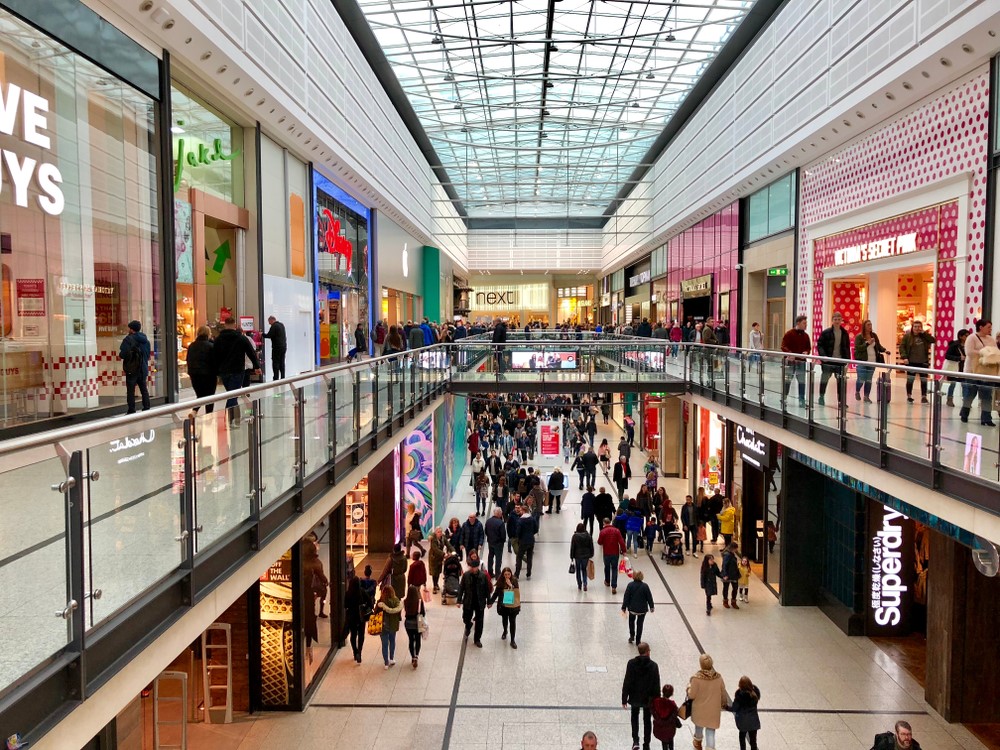The retail sector is still reeling from the effects of a global pandemic. The brands that quickly shifted to digital transformation have been the industry’s winners. Those that proved slow to adapt to the changes caused by COVID have felt the pressure. Many have collapsed entirely. The challenges for retail have been enormous.
With consumer confidence down, brick and mortar premises experiencing lower footfall, and the continued rise of eCommerce, retailers have had little choice but to adopt digital technology faster than ever predicted. And the changes are proving to be necessary for long-term survival in what was already a highly competitive industry.
Here are the top three ways that COVID has transformed the retail industry.
Chatbot Deployment
Chatbots have come a long way since the preemptive rollout in 2016. Now, modern chatbots use artificial intelligence, machine learning, and natural language processing to respond to interactions and understand them. And that’s proving revolutionary for retailers.
There are so many benefits to using chatbots from improved customer service to profit gains that retailers who dismiss their value will fall behind their competitors. The modern consumer doesn’t want to wait for answers to questions, and they don’t want to spend time browsing multiple product pages to find what they need.
Chatbots solve those issues in a way that matters, and not just for one person at a time. Multilingual, multi-platform, and multi-use, the chatbot revolution in retail has already begun.
Supply Chains
If one element of retail management experienced total vulnerability during the pandemic, it was the supply chain. Global supply chains broke down almost immediately, and some have yet to recover. This affected retail as much as any other sector, but retailers have had to contend with rapidly changing consumer needs at the same time.
That meant changes to inventory management and inventory planning. Leaner stock levels have had to meet transparency strategies to spot vulnerabilities and potential issues early. In real-world terms, even small retail brands have to launch multiple fulfilment sites instead of a central location. Speed is critical in retail, and slow order fulfilment can be fatal to a retail outlet.
Of course, that means a growing reliance on digital management tools and resources. Brands that adopt those technologies will be much better positioned than those that dismiss an affected supply chain as an irrelevance.
Physical Safety
While eCommerce has grown faster than expected thanks to COVID and lockdowns, it became clear that consumers had changed as stores reopened. The consumer experience of retail shopping has always been about keeping the customer in-store for as long as possible to make more purchases. Now, consumers and their brands have had to readdress the physical shopping experience.
Speed, safety, and a focus on social distancing and minimal touch have become the goal. How this will evolve remains to be seen. For now, retailers need to ensure that they welcome back those online customers to the physical shopping experience in the right way. And it’s not just about the customers. Retail brands also have to ensure that their teams are protected in the workplace.
Contactless checkout has proven the key tech for addressing real-world shopping pain points. From smartphone apps to in-store barcode scanners that let shoppers pay as they walk, today’s shopping experience is very different from that of just two years ago.
The Future of Retail
While some of the changes to the retail sector in the wake of the pandemic look set to become staples of the industry, it’s become difficult to predict what happens next. The obvious mainstay will be a growing reliance on digital technologies such as chatbots and digital management software. Other changes, such as contactless shopping, may be with us long term even as adoption slows down.
Whatever changes come next, large and small retailers alike need to be ready. When some of the biggest names in retail have had to file for bankruptcy or close down for complete restructuring, agility is proving more critical for retail than ever. Slow-moving brands that aren’t responsive to social change or consumer demands are only set to fall behind, and recovery is more challenging to guarantee.



 Bitcoin
Bitcoin  Ethereum
Ethereum  XRP
XRP  Tether
Tether  Solana
Solana  USDC
USDC  TRON
TRON  Lido Staked Ether
Lido Staked Ether  Cardano
Cardano  Avalanche
Avalanche  Toncoin
Toncoin